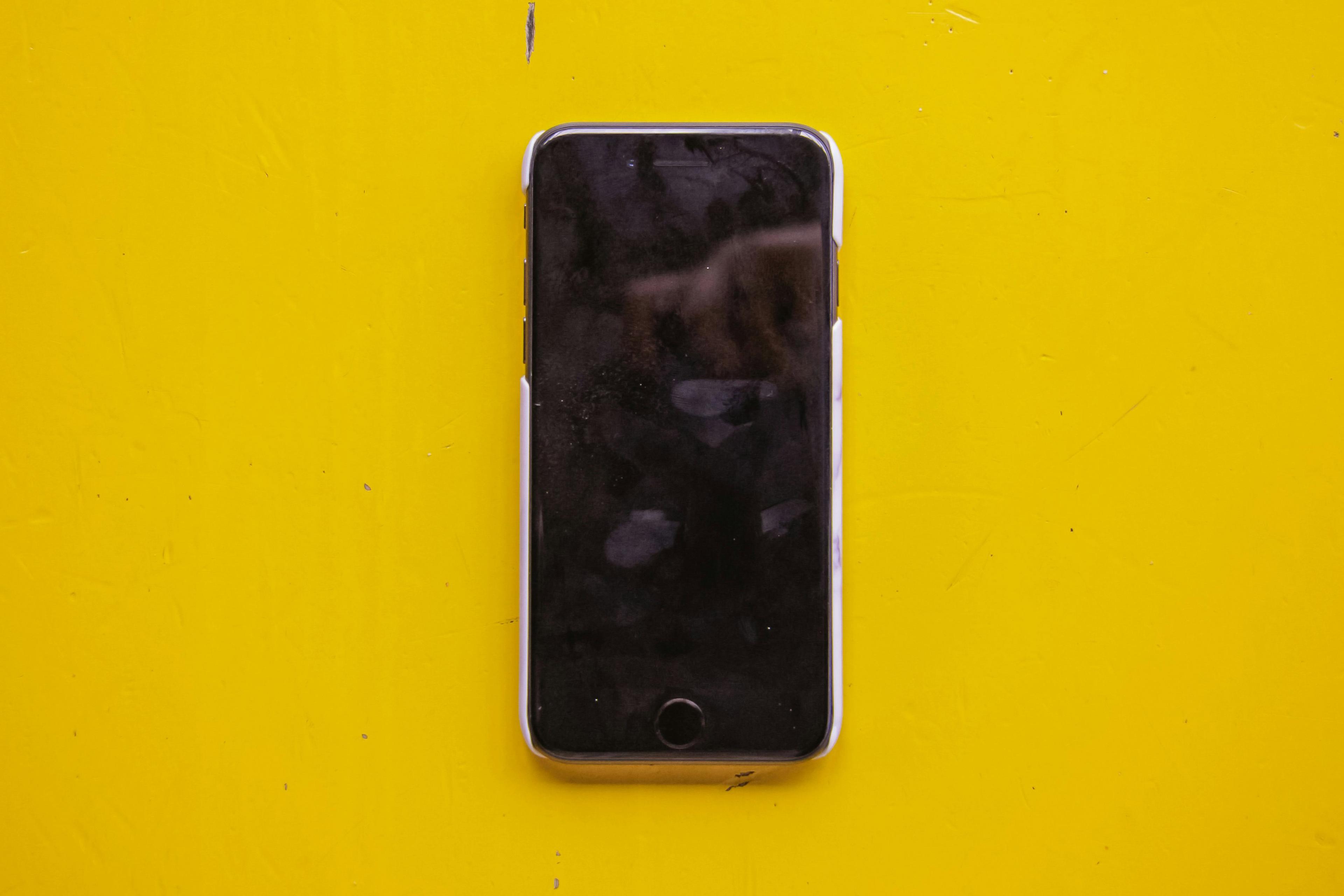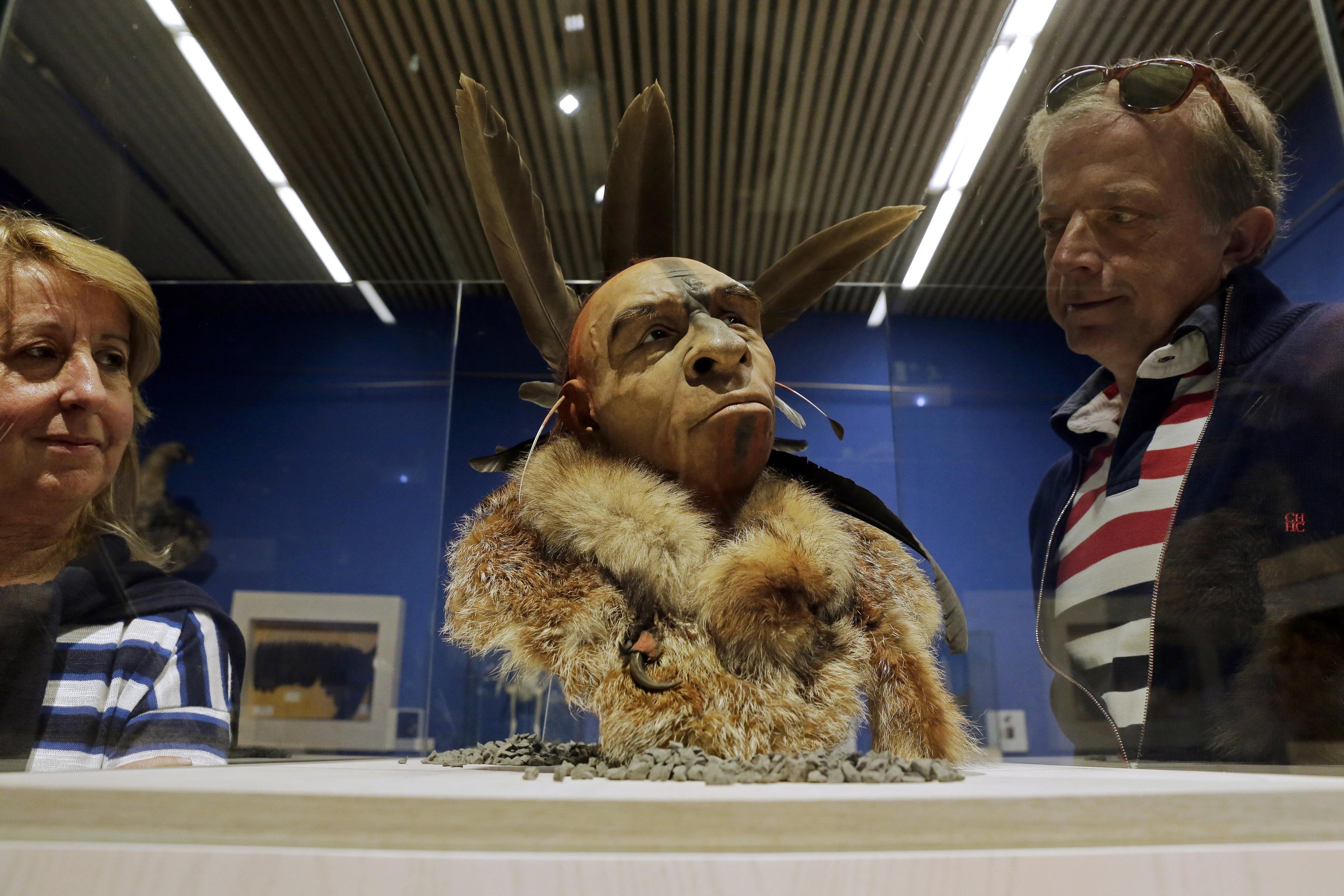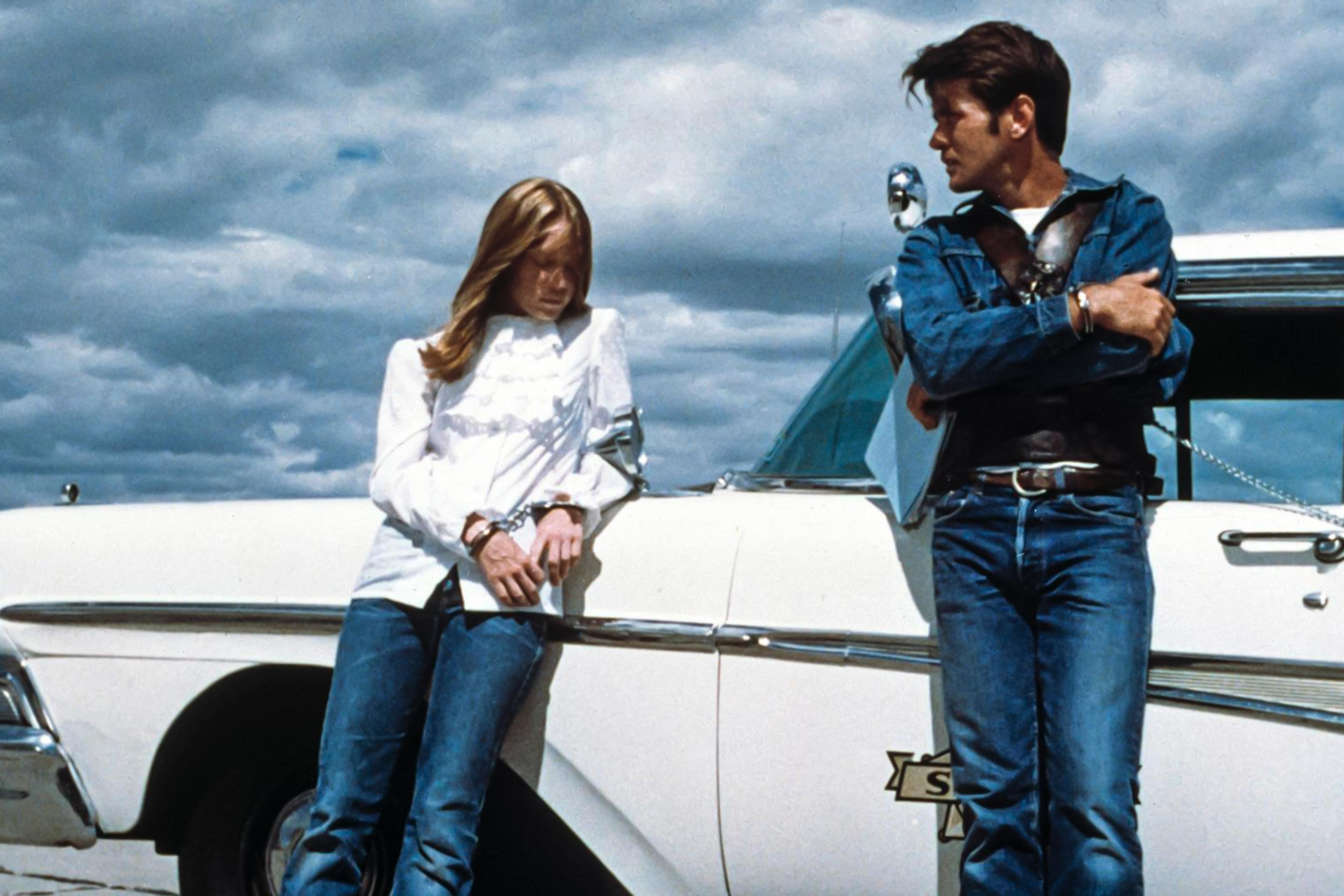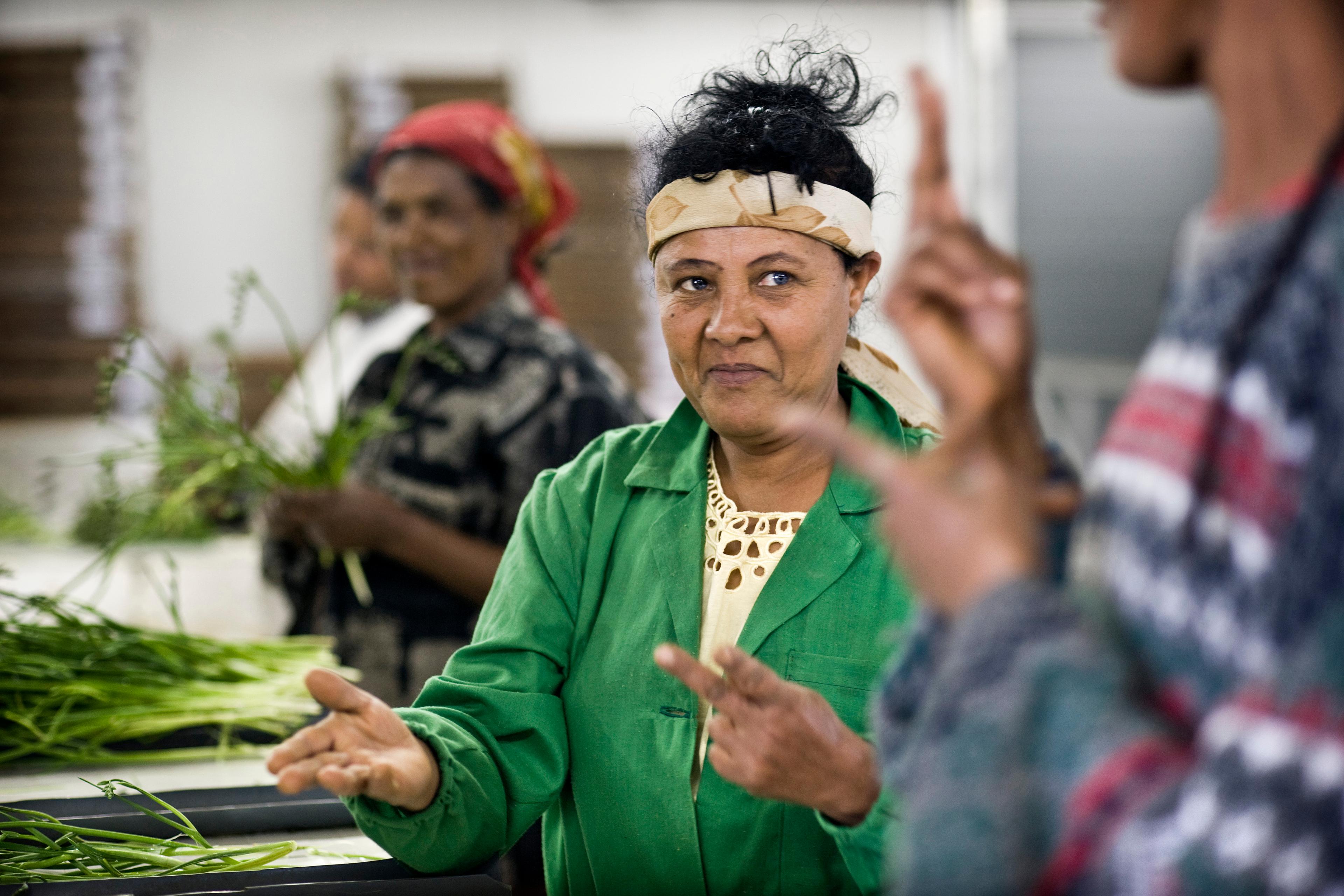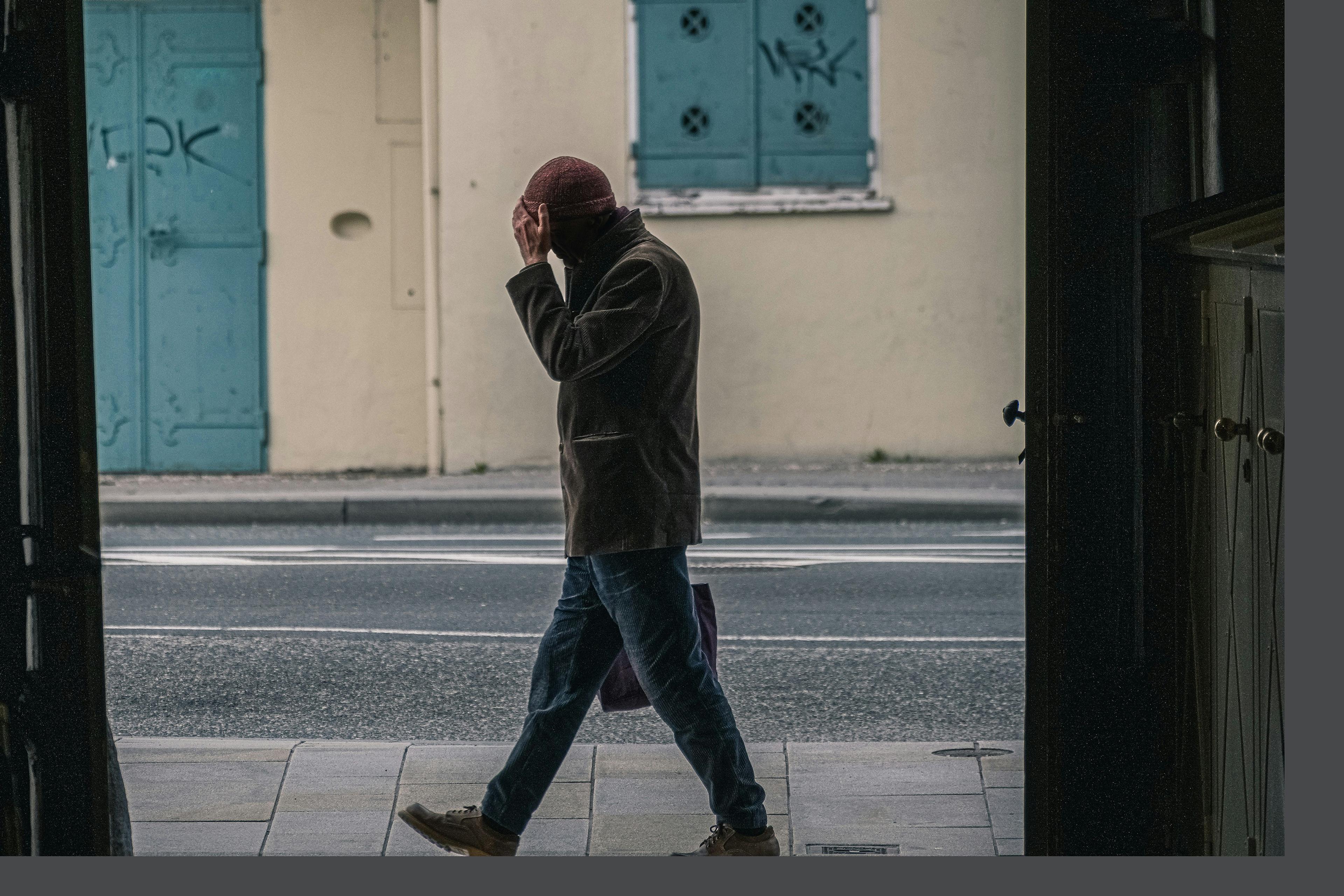Occasionally, I have what feels like an extraordinarily talkative day, loaded with meetings, calls or friendly chatter. Maybe you can relate. It seems natural enough to wonder, then: what’s an ‘ordinary’ amount of talk?
If you look up how many words we speak per day, you’ll find varying estimates online. Often, they’re linked to gender – specifically, whether it’s true that women talk more than men. A widely cited 2007 study of university students suggested not.
However: scientists recently published an update based on a more diverse sample of talkers. Their data comes from previous studies in which people of various ages – in the United States, Australia, Serbia and Switzerland – were audio-recorded as they went about their days. On the whole, they found that women (at an estimated 13,349 words per day) did tend to speak more than men (11,950), on average. The evidence was ‘conclusive’ only for adults aged 25 to 64 (women: 21,845 words per day; men: 18,570).
It’s tempting to mention this finding to my wife and our couple friends to see what sort of debates (or nods of recognition) ensue. But another key finding is huge variation, regardless of gender: one man produced fewer than 100 words per day, some people more than 120,000; the overall average was around 13,000. This makes me wonder where I’d fall on the wide spectrum between mime and telemarketer. Short of my own personal electronically activated recorder (or EAR) study, I’ll never know for sure.
Finally, with eyes affixed to our screens, we might wonder if people do less actual talking than they used to. Well, for each year that passed between 2005 and 2018, study participants spoke about 300 fewer words per day. If that finding holds up, it could mean we’ve shed thousands of words per day in recent years.

